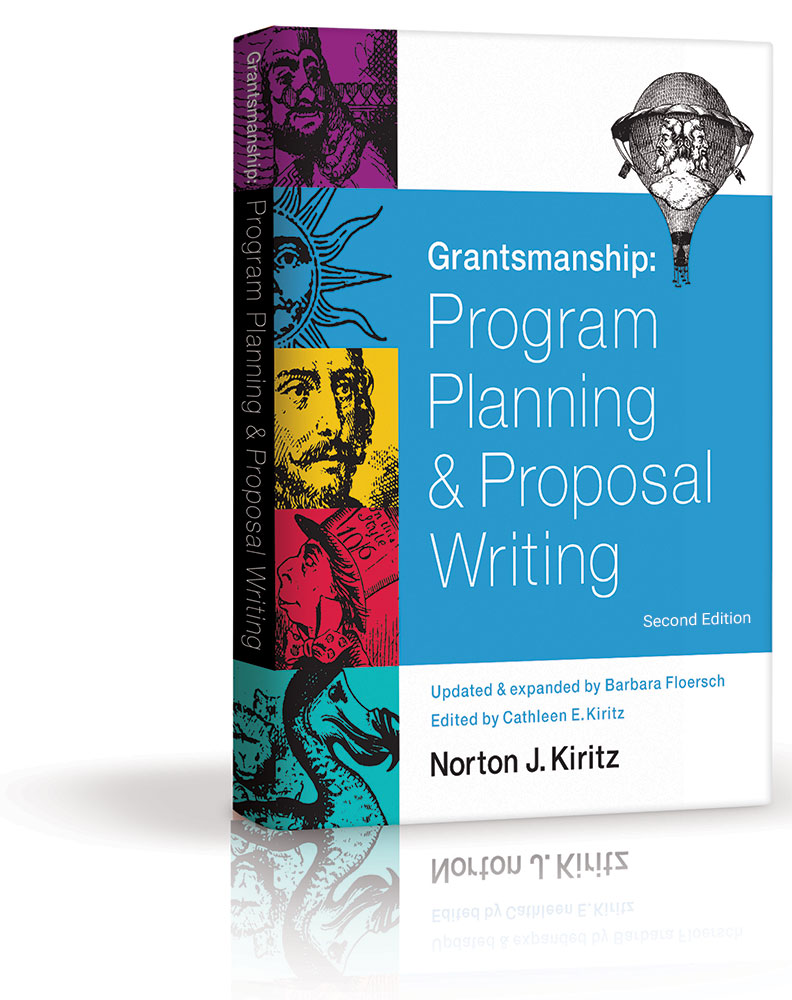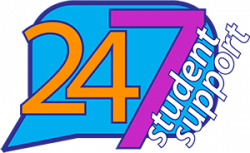Hello, and welcome back to the Innovation Lab!
We just started an asynchronous workshop series: How to Design a Successful Innovation Grant, and there’s plenty of time to catch up.
The series began in September, and it will end in March 2022, the same month Innovation Grant proposals are due to the Virginia Western Educational Foundation.
Hopefully this approach will help you slowly explore your ideas — on your own time, at your convenience — as you continue to juggle your regular to-do list.
Let’s review some of our Lab Lessons so far, including:
#1: Grant proposals are not time wasted … even if you FAIL
#2: Know the rules of the game

Now we’re ready for Lab Lesson #3 — which I consider one of the most important in my grant journey: Focus on NEEDS first, solutions second.
This was a difficult lesson, because I’m obsessed with creative ideas. I collect them like some fans collect Star Wars action figures.
You have probably arrived at this blog post with some ideas already in mind, especially after reflecting on the Thinking Cap questions.
We come up with a clever solution, fall in love with it, and think the grant proposal is basically done.
This is totally normal, and also totally wrong. (cue the sad horns)
Do you really understand the problem you are trying to solve?
Experience has taught me that sometimes the problem we thought we were trying to solve wasn’t the real problem at all.
Let’s turn to one of the best guides to grant writing to help us avoid a common mistake: Declaring that the problem is the lack of your proposed idea.

Here’s a good example from “Grantsmanship: Program Planning & Proposal Writing” by Norton Kiritz (which I highly recommend for beginners):
Let’s say a grant applicant wants to create a teen center, and therefore states that the problem is that there is no teen center in the community.
“Then the logical outcome would be that the community will have a teen center. The logical method would be to open a teen center, and the evaluation would assess if a teen center exists.
This is not a convincing and logical argument for funding. A funder’s first reaction to it will likely be, ‘So what? Why should I care?’ Nowhere in this discussion are teens mentioned. …
To avoid this mistake, questions need to be asked.
What is the problem the community is concerned about?
Who or what is affected, and how?
What is the magnitude and severity of the situation?
Why should we care?
Why is this happening?
What’s the cause of the situation?
These are all excellent questions for your own project, and they can lead to a powerful proposal.
And we’re going to go one step further.
We’re going to investigate our hunches and gather data to help answer these questions in a few different ways.
First, we can’t ignore the needs of our institution. Your grant idea doesn’t necessarily have to address specific objectives in the new VCCS strategic plan or Virginia Western’s Get REAL project — but it wouldn’t hurt to align with the greater priorities, so we’re all moving in the same direction. This will absolutely give you an edge for funding.
Next, we’re going to hunt for the “hard” data to better understand the needs — the facts, research, and survey results that already exist through our own Office of Institutional Effectiveness.
Carol Rowlett, our Institutional Research Coordinator, has made this easy for us, and she graciously provided a roundup of sources:
Institutional data:
- The Institutional Research site on our public web page includes a variety of information, including the Fact Book, the Fast Facts summary the Foundation publishes, and a number of reports we do for federal and state agencies.
- Detailed reports and any report requests not specifically confidential are available on VW Connect (SharePoint).
Survey results
- Most overall survey results are posted on our public web page.
- Survey result trends and analysis are available on VW Connect (SharePoint)
Facts and figures will bolster your proposal — but you don’t have to go overboard. Too much data can cause eye glaze-age. Aim for just enough metrics to make your case.
Next, let’s look at the “soft” data, which include quotes and anecdotes from the people most likely to be impacted by your idea. This data was the MOST important for aspiring entrepreneurs in the Data-Driven Innovation Boot Camp I attended at RAMP in 2018.
Each of the startups who participated in this pre-pandemic training was expected to interview 100 potential customers — preferably face-to-face interviews to get the most honest feedback, with phone calls as the last resort. No emailed questions were allowed. As a result of this process, at least one business pulled the plug. They realized they were creating a solution that no one wanted. This might seem like a failure, but it helped that business avoid an expensive belly flop down the road. According to the instructors, the most common reason for startup failure is that they create cool products or services … but no one wants to buy them. They can’t find customers, or they didn’t understand their potential customers in the first place.
I’m not saying you need to interview 100 students — but I am encouraging you to talk to at least a few people who would be directly impacted by your grant idea. Maybe at least three or five?
Here are a few questions from our Thinking Cap exercise to get you started:
- Do you need this?
- Would you use this?
- How will this serve your needs?
- Would you find this delightful?
I guarantee these conversations will help refine your idea, serve a true need, and lay the foundation for a successful project.
So what’s next?
My last day at Virginia Western is Oct. 1 (I explain more), but this Innovation Grant series will continue. I’m scheduling the next segment to publish on Oct. 27, when we will focus on demystifying your project budget.
Let’s look at the path ahead:
| November | Budget: How will you do it? |
| December | Collaboration: Who will you connect with to make this successful? |
| January | Outcomes: What does this change look like if you’re successful? |
| February | Sustainability: Why would this grant be a good investment? |
| March | Finish line: Proposal ready to submit! Huzzah! |
Until then, here’s your homework checklist to help stay on track:
By the end of October:
- Catch up on previous homework assignments here.
- Read my previous blog post about the VCCS strategic plan, which focuses on equity.
- Familiarize yourself with VWCC’s Get REAL project (Refocusing Education on Adult Learners).
- Data time! Review the public institutional research available here and survey data here. Log in to Sharepoint to access the data on the intranet here and here.
- Spend an hour interviewing the people who would be served by your project (students, faculty, etc.), to help refine your idea and make it stronger.
- Please contact Carolyn Payne in the VWCC Educational Foundation for questions about the Innovation Grant program.
You can do this!
How to Design a Successful Innovation Grant
Introduction: Welcome, innovators! The Innovation Grant Lab opens Sept. 1
September: Let’s put on our Thinking Caps






 Shelley Lyons is glad to be back on campus as she is a Virginia Western alum, and has served as the Administrative Officer for Grants Administration at Virginia Western since early 2022. Prior to VWCC, her career focus was within the Human Services and Arts fields. She wrote her first grant in 1996 on a whim and has continued to plan and learn since that time. She most enjoys seeing a well-planned project come to fruition, where funder, project manager and beneficiaries can all feel success and see impact.
Shelley Lyons is glad to be back on campus as she is a Virginia Western alum, and has served as the Administrative Officer for Grants Administration at Virginia Western since early 2022. Prior to VWCC, her career focus was within the Human Services and Arts fields. She wrote her first grant in 1996 on a whim and has continued to plan and learn since that time. She most enjoys seeing a well-planned project come to fruition, where funder, project manager and beneficiaries can all feel success and see impact.
That you for this ‘bit size’ nugget for this month. I have narrowed my grant idea down from 5 to 2 and plan to interview a few people within VWCC and in the community to get their feedback. Thanks!
Anita, thanks so much for the update! I love that you are planning to interview a few folks around VWCC … can’t wait to hear how this might impact your ideas.